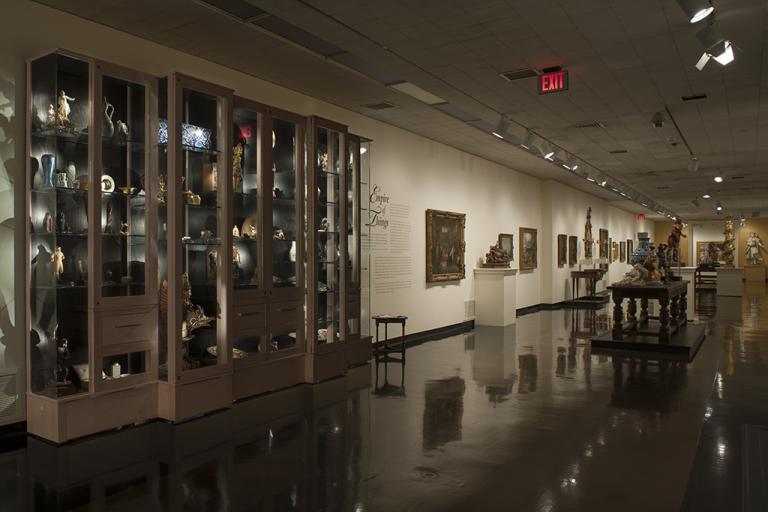dolphin, unknown maker from Italy or Spain
Artwork Overview
dolphin
, 300s–mid 400s, late Roman Empire (27 BCE–395 CE) or Early Christian (100–500 CE)
Where object was made: Roman Empire (present-day Spain or Italy)
Material/technique: marble
Dimensions:
Object Height/Width/Depth (Height x Width x Depth): 21.6 x 34.3 x 6.2 cm
Object Height/Width/Depth (Height x Width x Depth): 8 1/2 x 13 1/2 x 2 7/16 in
Object Height/Width/Depth (Height x Width x Depth): 21.6 x 34.3 x 6.2 cm
Object Height/Width/Depth (Height x Width x Depth): 8 1/2 x 13 1/2 x 2 7/16 in
Credit line: Museum purchase: Elizabeth M. Watkins Fund
Accession number: 1961.0031
Not on display
If you wish to reproduce this image, please submit an image request










